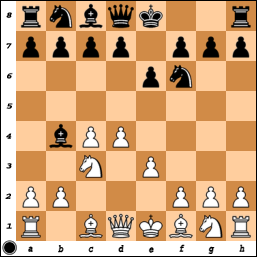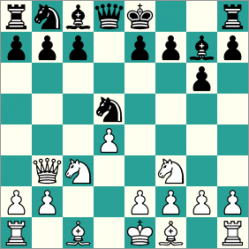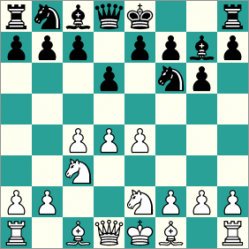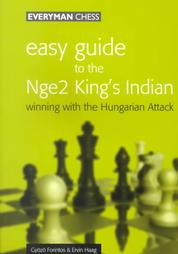Here is how the YT repertoire breaks down:
Scotch Game presented by Kingscrusher (2200 FIDE) and Paul Gheorgiou (2300 FIDE)
Sicilian, Czerniak-Gelashvili variation (2.b3) (and Part 2) by IM Andrew Martin
French, Nunn-Korchnoi gambit by SuperChessGuru and siciliandragon28: Part 1, Part 2
Caro-Kann, Spassky gambit by GJ_Chess (or Two Knights by FM Charles Galofre: Part 1, Part 2)
Scandinavian, Nf3/d4/c4 systems (and Part 2) by GJ_Chess
Pirc, f3/g4 attack by Majnu2006
Alekhine, Balogh variation (4.Bc4) by IM Vojislav Milanovic
As the Sicilian coverage is the lightest, here is a PGN of games played by Gelashvili in his pet line. I think it helps to think of the opening as a reversed Queen's Indian.
| gelashvili-b3.pgn |





 RSS Feed
RSS Feed
